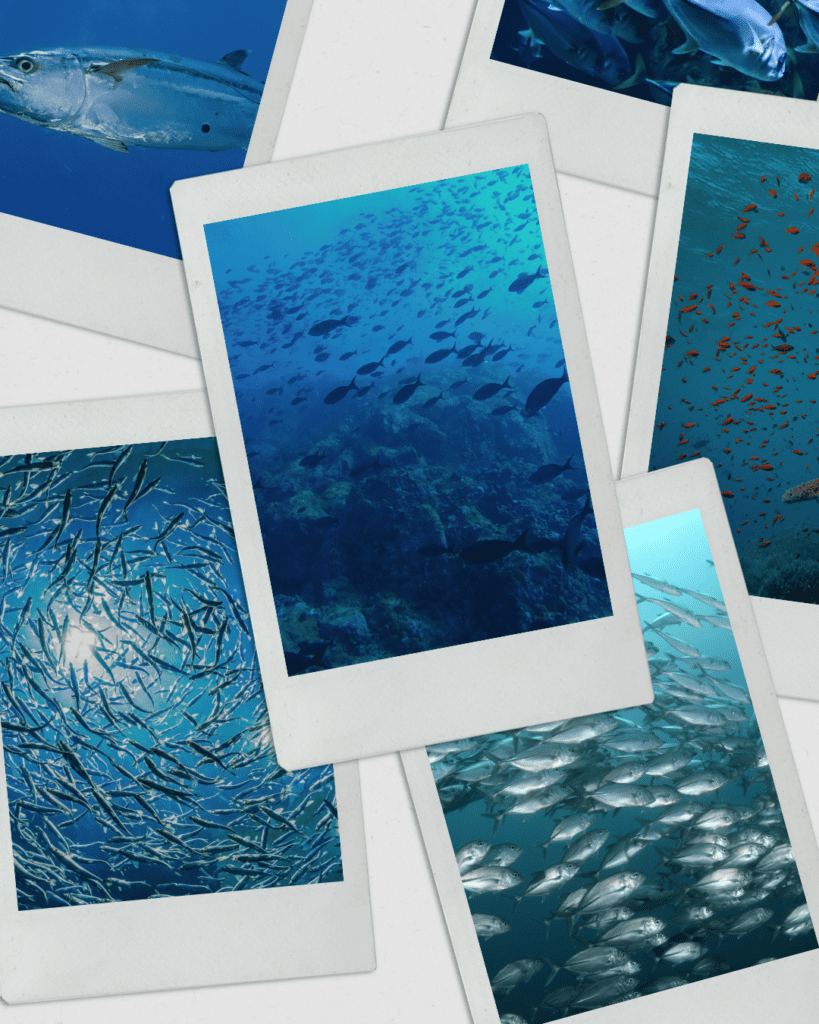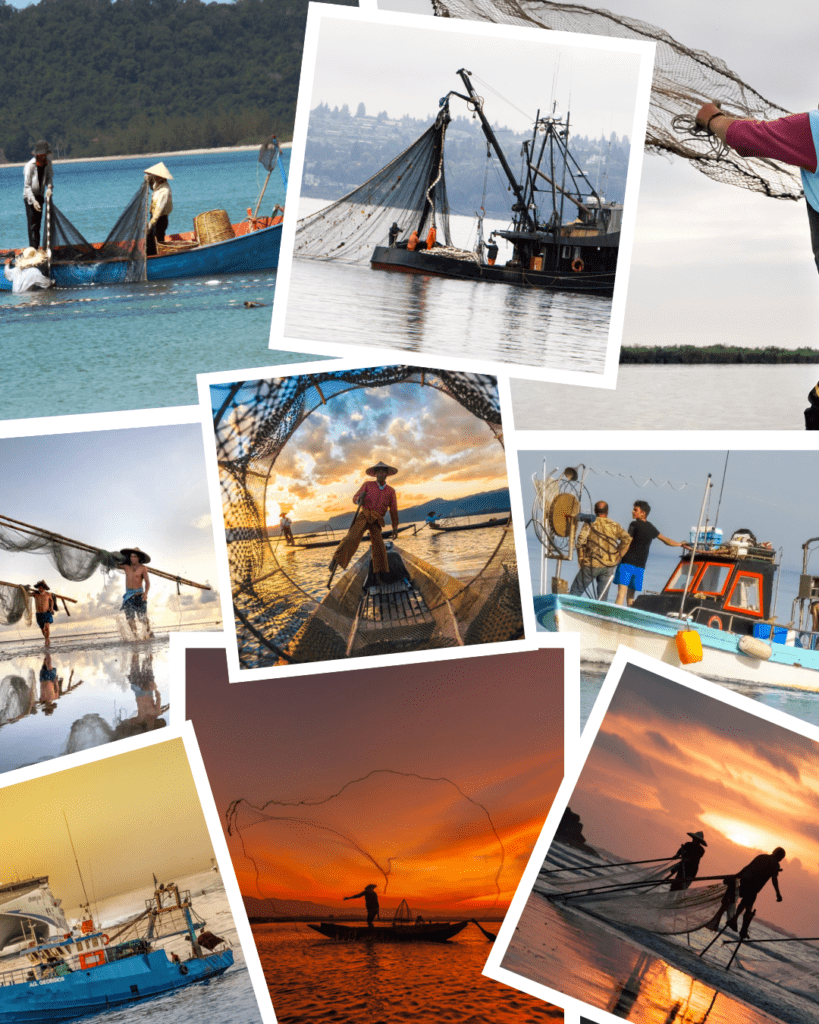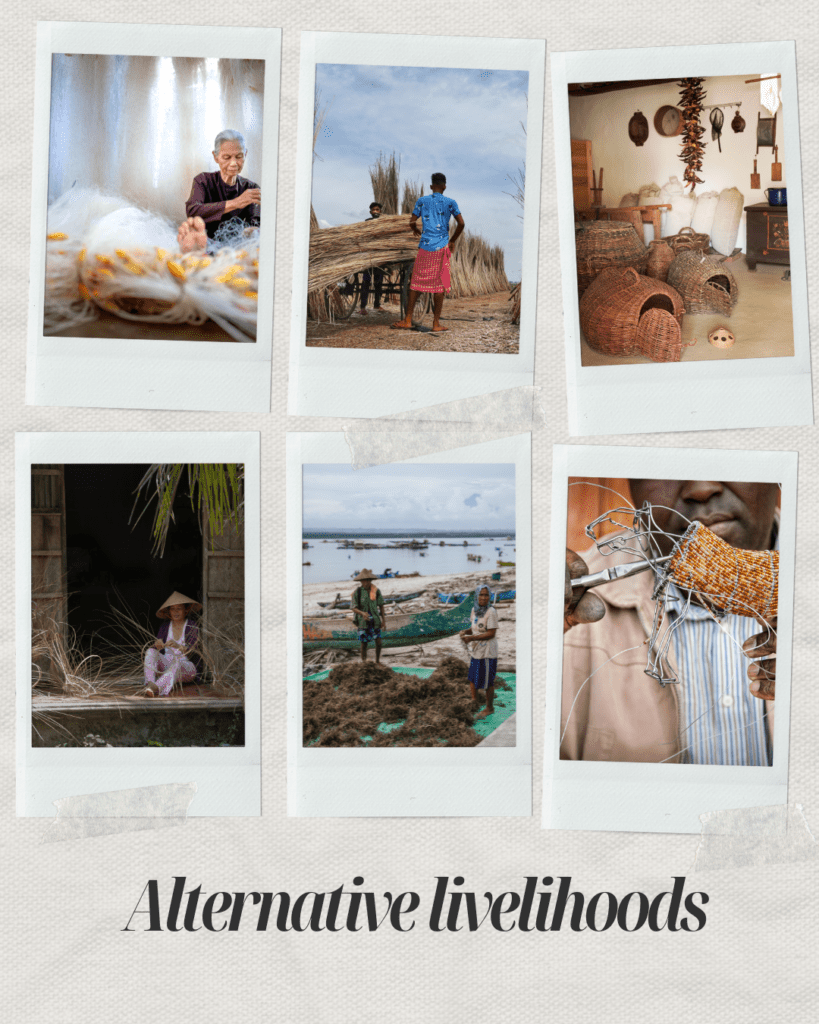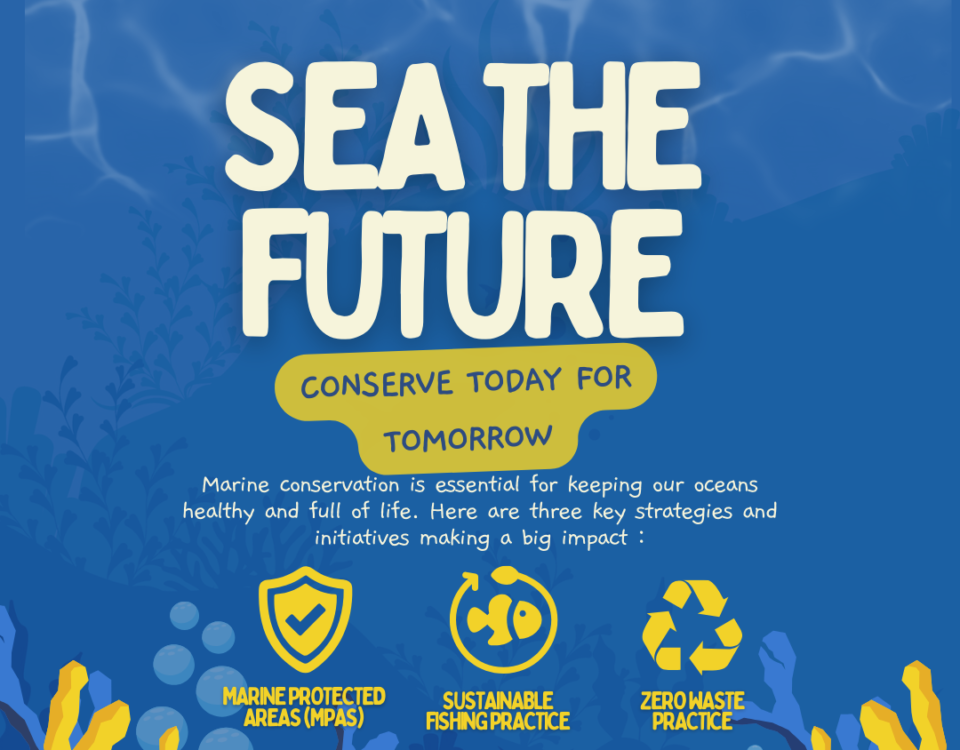Monsoon Memo: Why It’s Better To Skip The Scales!
Ah, the monsoon season! That magical time of the year when the skies open up to drench the parched earth, and everything seems to dance to the rhythm of the raindrops. But while you’re sipping on hot tea and munching on fritters, have you ever considered giving our scaly friends in the ocean a little break? That’s right, it’s time to talk about why skipping fish during the monsoon isn’t just good for your soul, but also for the sea!
Fishy Business: The Monsoon Breeding Season
First off, let’s dive into the deep end and understand why monsoons and fish are a tricky combo. Many fish species spawn during the rainy season. It’s like their version of a romantic getaway, except it’s in the vast expanse of the ocean. By avoiding fish during these months, we give them the privacy to multiply in peace. Think of it as nature’s “Do Not Disturb” sign!
Let’s swim a bit deeper into the sea of knowledge about the monsoon breeding season. Picture this: the ocean is like a grand underwater ballroom during the rains. It’s the time when fish are at their flirtatious best, ready to spawn the next generation of swimmers. But if we keep fishing during these aquatic soirées, we’re essentially crashing the party and, more importantly, breaking the cycle of life. Continued fishing during these critical months is like snatching away the future stars of the sea before they’ve even had a chance to shine. This means that in the following years, we’re left with a dwindling guest list for the underwater ball. We end up with smaller and younger fish because the older, more mature ones—who are the best breeders, by the way—don’t get to pass on their genes.
Imagine if we all decided to eat only the youngest and tiniest fruits before they could grow; soon, we’d have nothing left but a bunch of underdeveloped berries! The same goes for fish. If we don’t let them reach maturity and reproduce, we’re setting up a cycle of biodiversity loss that’s as hard to reverse as a belly flop into a frozen lake. The ripple effect of this is huge. Smaller, younger fish don’t have the same nutritional value, which means they’re like snack-sized versions of their potential selves.

And let’s not forget, healthy oceans need a variety of fish, both big and small, to keep the marine food web stable. Without this diversity, it’s like having a dance floor with only one kind of dance move—boring and bound to cause problems. So, by putting our fishing gear away during the monsoon, we’re not just being good guests at nature’s party, we’re also ensuring that there’s a party to come back to year after year. Let’s make sure the future is filled with fish of all sizes, ready to tango their way through the oceans and onto our plates—when the time is right, of course!
Sustainable Seas: Regulating for Rejuvenation
Now, let’s tackle some facts. Did you know that certain regulations and policies are put in place to protect our finned friends during this critical period? For instance, India enforces a fishing ban along its coastline during the monsoon, which typically lasts about 61 days. This is a crucial conservation measure that ensures fish populations can regenerate. Globally, organizations like the Food and Agriculture Organization (FAO) of the United Nations advocate for responsible fisheries management. They encourage seasonal closures to allow fish stocks to recover, ensuring that our oceans remain teeming with life for generations to come.
The Perks of Pausing the Nets
So, what’s in it for the fish and the fisherfolk? Well, by not harvesting from the oceans during the rains, we allow fish populations to bounce back, which is a win for biodiversity. Healthy fish stocks mean a more robust marine ecosystem, and that’s something we can all get behind! For the humans involved, it’s a chance to focus on maintenance and skill development. Fishermen can repair their boats and gear, while also learning new techniques for sustainable fishing. It’s like a professional development day, but with more waterproofing involved.
Thank You For The fish
Next, let’s go bottom fishing for the perks of giving our fishing rods a rest during the monsoon. Aside from the eco-friendly fist bumps we’re giving Mother Nature, we’re also anchoring down on something incredibly important – the safety of our dear fishermen. Monsoon months are notorious for brewing up storms faster than a barista on a caffeine rush. The seas get as rough as a pirate’s beard, and venturing out is like asking for trouble on a platter. By not setting sail, fishermen avoid the high risk of becoming cast members of “Gilligan’s Island: The Real-Life Edition.” Let’s talk numbers, shall we? It’s reported that in India alone, hundreds of fishing boats have faced the wrath of the monsoon in recent years, with some being damaged or lost at sea. That’s more drama than a soap opera at sea, and definitely not the kind our fishermen need.

By staying ashore, these hardy souls are not just saving their nets, but their necks too! It’s a reminder that sometimes, the bravest thing you can do is to batten down the hatches and wait for sunnier days. After all, a fisherman on land is worth two in the storm (that’s the saying, right?). So, while the monsoon does its thing, let’s tip our waterproof hats to the wise decision of staying dry and safe. After all, the only thing we want our fishermen catching during the monsoon is maybe a break and definitely not a storm!
The Health Hook: Why Monsoon Fish Might Be Fishy
Here’s a splash of health advice: monsoon waters are often murky and polluted due to runoff from the land. This increases the risk of waterborne diseases, which can affect the fish. Eating fish caught during this time could mean you’re biting off more than you can chew, health-wise.
The Monsoon Fishing Ban: A Tough Pill That’s Worth the Swallow
Let’s face it, asking the fishing industry to take a monsoon hiatus is a bit like telling kids to take a nap at a birthday party—it’s a tough sell. With the global seafood market netting a whopping $159 billion in 2018, according to the Food and Agriculture Organization, it’s no cap that pressing pause on fishing can feel like watching dollars swim away. But here’s the catch: this temporary sacrifice is like investing in a savings bond for the future of fish. Think of it as ‘fishconomics’—a term we just reeled in for the occasion.
By skipping the fishing frenzy during the monsoon, we’re allowing fish stocks to bounce back, which means more fish and potentially bigger hauls in the long term. It’s the difference between a quick untimely snack and a full-course meal; sure, waiting is hard, but the payoff is a feast! In the long run, healthier fish populations can lead to more stable and potentially higher incomes for fisherfolk. It’s like a fish stock market, and patience pays dividends. So, while the short-term costs might make the industry feel like a fish out of water, the long-term benefits are a sea of opportunity just waiting to be sailed.
Casting a Wider Net: Alternative Livelihoods for Rainy Days

So how can fishing communities keep the boat afloat when the monsoon rains pour down. Alternative livelihoods are the life jackets that can keep the economic boat from capsizing. For instance, the women in these communities can weave a safety net of their own by wading into the world of handicrafts. From intricate beadwork to weaving baskets that could make a seagull envious, these crafts can be sold to supplement household incomes. It’s not just about keeping busy; it’s about empowering these amazing women to contribute financially and steer their families through stormy weather. The empowerment ripple can spread far and wide, leading to community development that’s as robust as a tuna.
And let’s not forget aquaculture, which has the potential to scale up faster than you can say “sustainable shrimp farming.” According to the World Bank, aquaculture is set to provide close to two-thirds of global food fish consumption by 2030. Now, that’s a lot of fish sticks! By investing in aquaculture, fisherfolk can keep their income streams flowing, even when the oceans are off-limits. So, while the monsoon season might put a damper on the usual fishing activities, it opens up a sea of possibilities for alternative income sources. And who knows? These endeavors might just become the community’s next big catch, proving that when it comes to the monsoon, it’s not about weathering the storm, but learning to dance in the rain—preferably with a handcrafted umbrella!
Jackknifing Into Aquaculture: Fish Farming for the Future
When it comes to fish farming, variety is the spice of life—or should we say, the seasoning of the sea? From the crowd-pleasing salmon and trout to the versatile tilapia and robust catfish, aquaculture literally is the trawling expedition for our seafood cravings. Let’s not forget the shrimps and prawns, which are like the popcorn of the sea—perfect for almost any occasion. Fish farming is quite the catch for consumers, fishing communities, and the industry alike. For starters, it ensures a steady supply of seafood, even when wild stocks are taking a breather during the monsoon. It’s like having a backup band ready to play when the headliners are on a break. For communities, it means a year-round income and employment, which is as comforting as a bowl of clam chowder on a rainy day.
From a conscious consumer’s PoV, aquaculture has the potential to be the superhero of seafood, but only if it dons the cape of sustainability. Recommendations for a greener fish farm include using eco-friendly feed, reducing antibiotic use, and implementing recirculating systems that clean and reuse water—because fish like their homes clean, just like we do. Another big splash in sustainable aquaculture is integrated multi-trophic aquaculture (IMTA). It’s like an underwater garden where different species grow together, each playing a role in the ecosystem. Think of it as a fishy version of companion planting, where waste from one species becomes food for another. It’s a circle of life that would make even Simba proud.
By adopting these practices, aquaculture can continue to ride the wave of demand while keeping the oceans healthy. It’s a win-win-win situation for the fish, the folks, and the fans of seafood. So, let’s dive into sustainable aquaculture and keep the good times and good tides rolling!
Swimming Towards a Sustainable Future
So, what can you do during the monsoon instead of being “fishy”? Try exploring alternative protein sources. How about a lentil curry or a chickpea salad? Or, if you’re feeling adventurous, take a plunge into the world of plant-based seafood options. You might just discover your new favorite dish! In conclusion, giving our aquatic amigos a break during the monsoon is a small step we can take towards a more sustainable future. Not only does it benefit the fish and the oceans, but it also gives us a chance to explore new culinary horizons.
So, the next time the rains come pouring down, remember to skip the scales and give a high-fin to sustainability!






